Boyd Garriott is a student at Harvard Law School.
This term, the Supreme Court will decide Janus, where it will determine the future of agency shop agreements in public sector unions. Despite being a public-sector union case, Justice Ginsburg raised a question on many people’s minds at oral argument: “what happens in the private sector?” Her question may prove prescient, considering that five justices in Harris v. Quinn ‘s dicta questioned an older line of cases upholding private sector agency fee arrangements. Contrary to others who have spoken on this issue, I believe that a holding striking down public sector agency shop agreements in Janus could spill into the private sector without doing much violence to the state action doctrine.
As background, the state action doctrine allows a court to find that private actions constitute government activity if there is significant involvement by the government. For example, in Lebron v. National R.R. Passenger Corp., the Supreme Court found that Amtrak, while nominally a private corporation, could be sued as a government actor under the First Amendment because of the extensive role the federal government played in Amtrak’s activities. While there are many formulations and variations of the state action doctrine, the test ultimately turns on the nature and scope of the government involvement. Private sector unions that collect fees pursuant to agency shop agreements could be treated as government actors in a way that is consistent with the state action doctrine for three reasons.
First, the state action doctrine is applied flexibly and with few hard rules. While scholars have correctly argued that the state action doctrine has been applied more narrowly in recent years, it is still an incredibly flexible area of the law. As the Lebron Court noted in 1995, the state action doctrine has “not been a model of consistency.” In more sympathetic terms, the Moose Lodge decision found that, “[o]nly by sifting facts and weighing circumstances can the nonobvious involvement of the State in private conduct be attributed its true significance.” Given the fact-intensive nature of the state action doctrine and the lack of concrete principles in its application, any attempt to extend Janus’ holding to the private sector through that doctrine would have plenty of room to work with.
Second, private sector unions’ use of agency shop agreements could be construed as nominally private decisions that have been encouraged by the government to the extent that they constitute state action. As an example of state encouragement at its most blatant, the Supreme Court in Peterson v. City of Greenville found that discriminatory behavior by a private restaurant was state action when a local ordinance required the restaurant to discriminate. However, the government does not have to fully require behavior for it to become state action; it is enough if the government provides a hefty incentive to engage in a behavior. For example, in Robinson v. Florida, the Court found that a restaurant’s refusal to serve black customers constituted state action because a state statute required racially integrated restaurants to maintain segregated restrooms. While the restaurant technically still had the choice to serve both black and white customers, the state had functionally put “burdens upon any restaurant which serves both races, burdens bound to discourage” integrated restaurants.
Similarly, the structure of NLRA has functionally imposed “burdens upon any” union that does not procure an agency shop arrangement. When a union represents employees, it is the employees’ exclusive bargaining agent and must represent all employees equally, even those not in the union and those who do not pay union fees.[1] Thus, in a system without mandatory fees, there is a free-rider problem: it is in each employee’s self-interest not to pay an optional fee because they will get the benefits of the union either way. Union amici in Janus put it this way:
[Without agency shop arrangements,] many unions risk a “death spiral”: unions will have to raise dues to make up the budget shortfall attributable to the elimination of fair-share fees, causing membership numbers to fall, which will necessitate raising dues further, and so on. As this Court recently observed, this phenomenon—rising costs causing costs to rise—can destabilize entire economic sectors.
The death spiral analysis falls in line with the economist amici in Janus who note that right-to-work states have about a third the unionization rate of non-right-to-work states. Thus, under the NLRA, the government has not given unions much of a choice: either (1) use mandatory agency fees to fund a union; or (2) run headlong into an inherent free-rider problem and face a “death spiral.” Thus, one could argue that the government, through the NLRA, has provided hefty incentives for unions to pursue agency fee arrangements, just as the state statute in Robinson provided restaurants with hefty incentives to discriminate.
A premise to the above argument is that unions without agency fees would risk financial insolvency. Assuming the Court rules for Mark Janus, its holding could be in tension with that premise because Janus’ brief argues that unions do not actually need agency fees all that badly. However, this tension is avoidable. If the Court finds that agency fees violate the First Amendment because they are not tailored narrowly enough, that would circumvent the problem entirely because the Court would not have to take a position on the free rider issue. If the Court finds that the free rider problem is not a compelling enough interest because its risks were overstated, that would conflict with my state action theory, but the Court could later hold that, while not compelling enough for First Amendment purposes, the free rider problem is still a weighty enough incentive to constitute state action.
Third, extending an agency fee ban from Janus to the private sector could be construed as consistent with more recent state action cases. The most on-point modern state action cases—Am. Mfrs. Mut. Ins. Co. v. Sullivan and Blum v. Yaretsky—failed to find state action when the government merely allowed private actors to make certain decisions. Thus, one could argue that, because the NLRA merely allows unions to try and get agency fee arrangements, there is no state action. However, those cases could be distinguished from a union’s incentives to procure agency shop arrangements; namely, neither the Sullivan insurers nor the Blum nursing homes would have faced a significant risk of financial insolvency if they did not engage in the allowable activity. Thus, those cases stand in stark contrast to a theoretical private sector Janus holding premised on unions facing an existential threat from free ridership.
In conclusion, the state action doctrine does not concretely answer whether a decision striking down public sector agency fees in Janus could apply to the private sector. Given that indeterminacy, the Supreme Court could hold that the NLRA’s structure has given such a powerful incentive for unions to pursue agency fee arrangements, that unions doing so are effectively engaging in state action. Such a move would certainly be controversial, but it could probably be interpreted as consistent with the Court’s state action precedent.
[1] Technically, unions can represent a subset of employees, but the employer has no obligation to bargain with minority unions, generally making this option an unrealistic one.
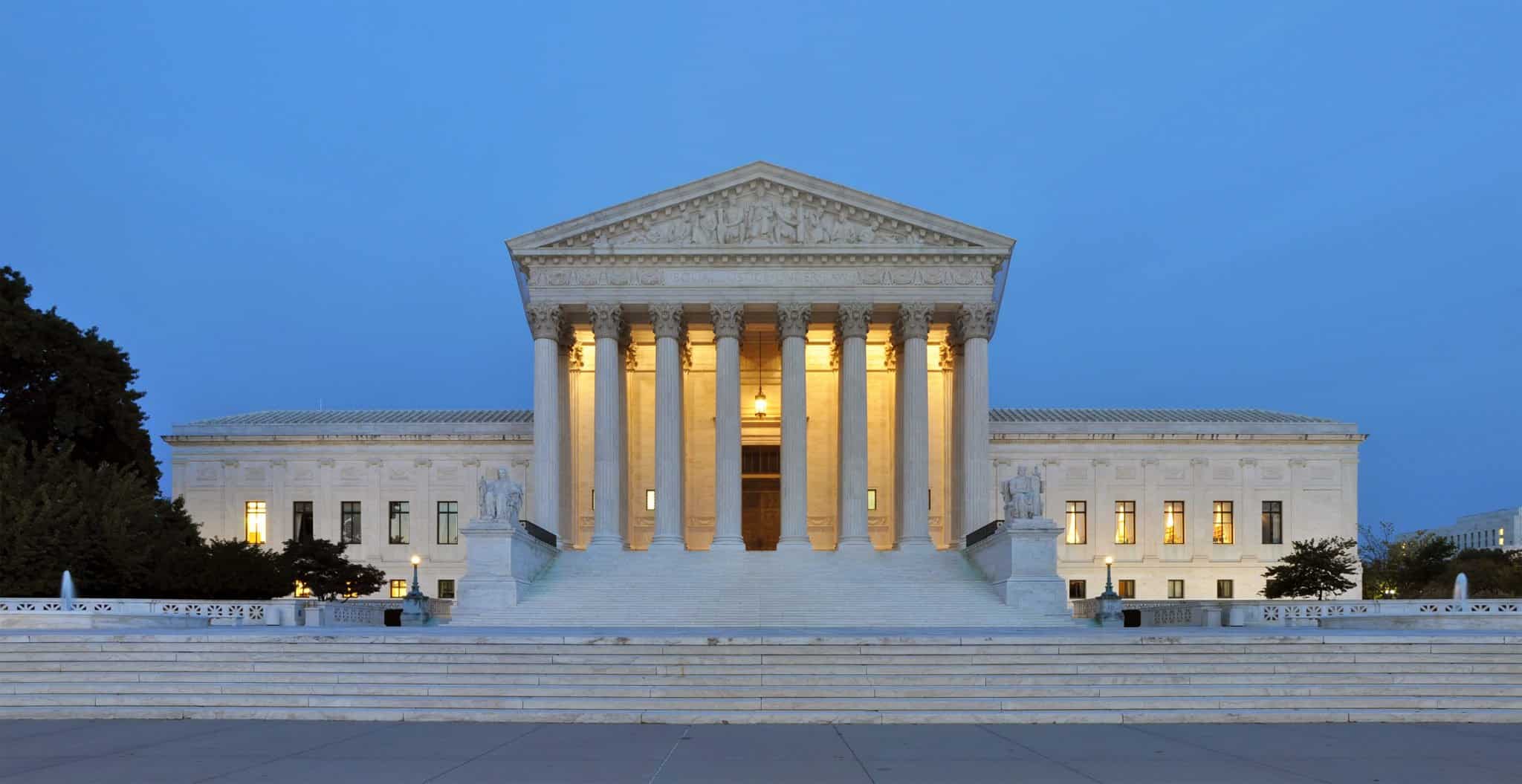
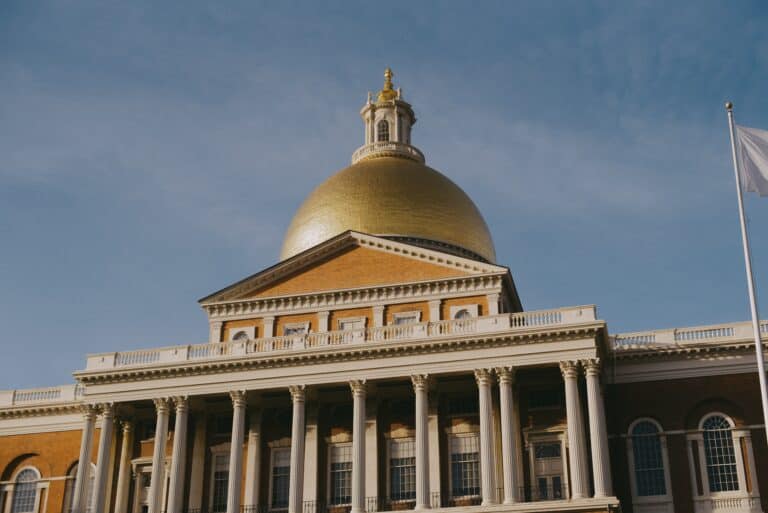
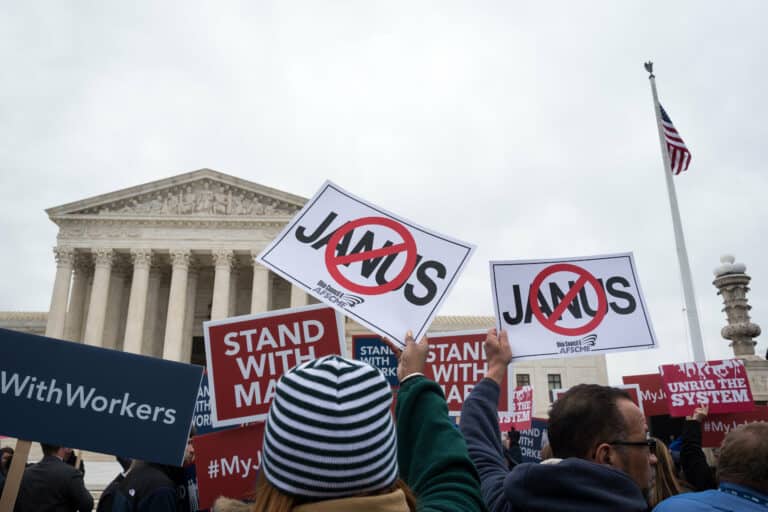
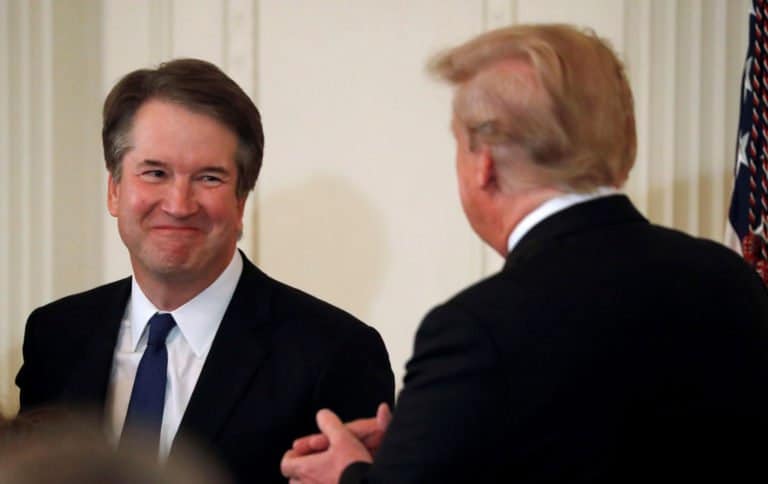




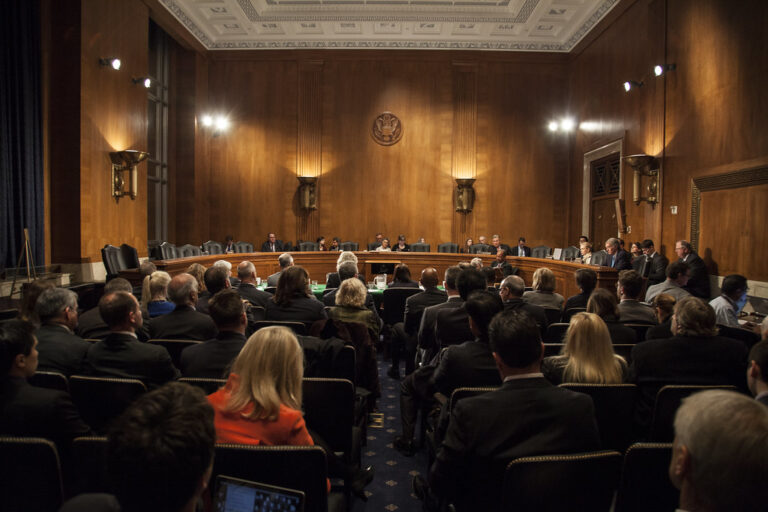
Daily News & Commentary
Start your day with our roundup of the latest labor developments. See all
November 25
In today’s news and commentary, OSHA fines Taylor Foods, Santa Fe raises their living wage, and a date is set for a Senate committee to consider Trump’s NLRB nominee. OSHA has issued an approximately $1.1 million dollar fine to Taylor Farms New Jersey, a subsidiary of Taylor Fresh Foods, after identifying repeated and serious safety […]
November 24
Labor leaders criticize tariffs; White House cancels jobs report; and student organizers launch chaperone program for noncitizens.
November 23
Workers at the Southeastern Pennsylvania Transportation Authority vote to authorize a strike; Washington State legislators consider a bill empowering public employees to bargain over workplace AI implementation; and University of California workers engage in a two-day strike.
November 21
The “Big Three” record labels make a deal with an AI music streaming startup; 30 stores join the now week-old Starbucks Workers United strike; and the Mine Safety and Health Administration draws scrutiny over a recent worker death.
November 20
Law professors file brief in Slaughter; New York appeals court hears arguments about blog post firing; Senate committee delays consideration of NLRB nominee.
November 19
A federal judge blocks the Trump administration’s efforts to cancel the collective bargaining rights of workers at the U.S. Agency for Global Media; Representative Jared Golden secures 218 signatures for a bill that would repeal a Trump administration executive order stripping federal workers of their collective bargaining rights; and Dallas residents sue the City of Dallas in hopes of declaring hundreds of ordinances that ban bias against LGBTQ+ individuals void.